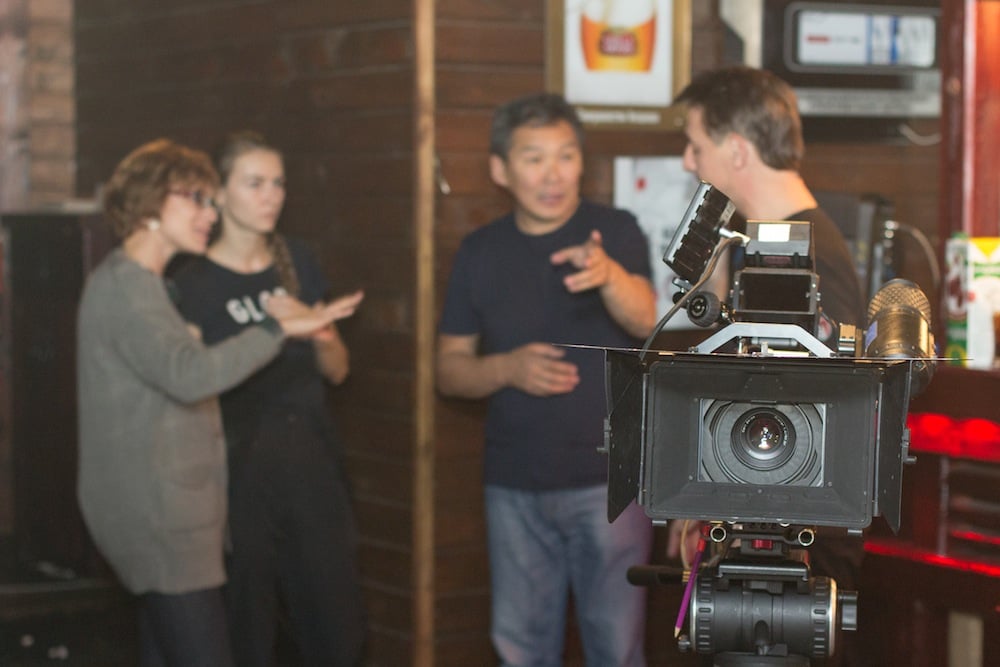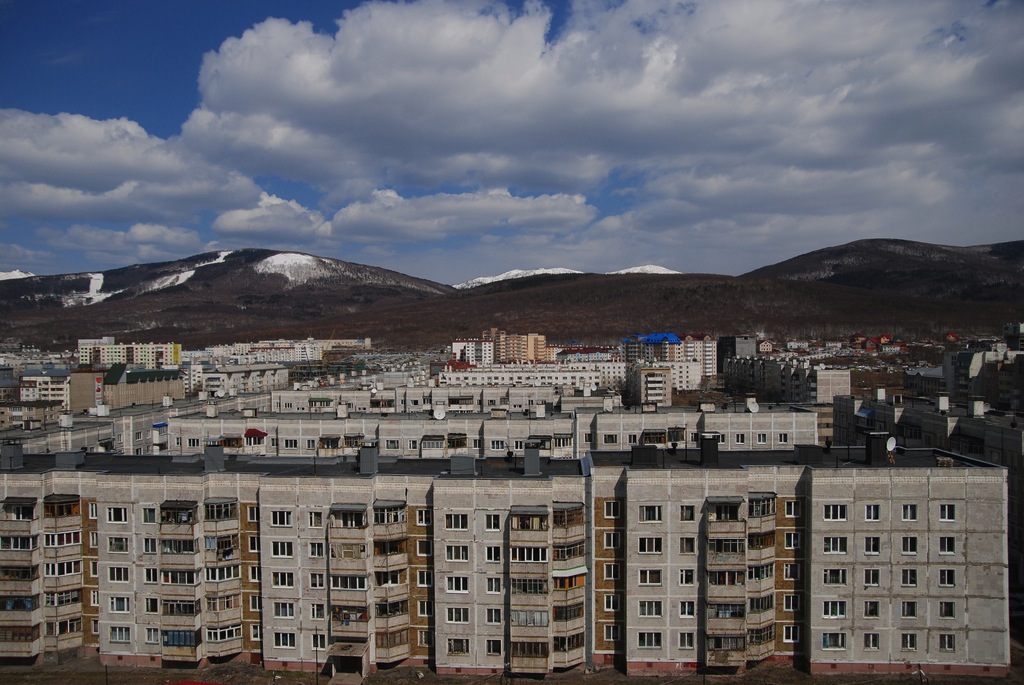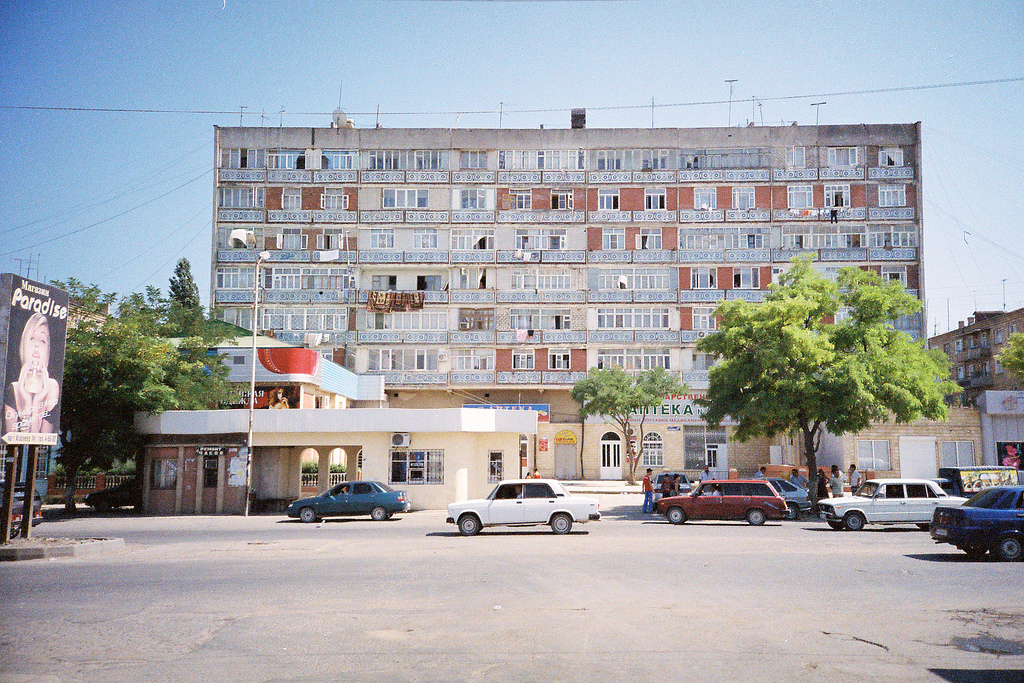Letter from: a journey to the heart of Russia’s Shangri-La
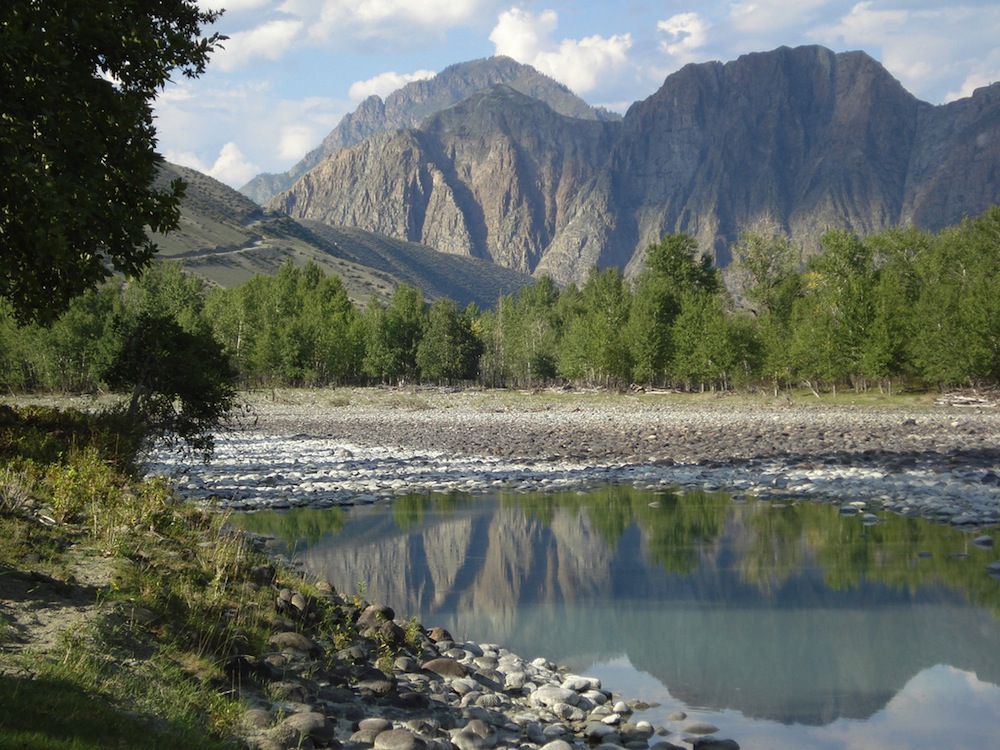
London-based Joanna Dobson returns to her spiritual home in the Russian republic of Altai, a land of lakes and mountains bordering Kazakhstan, Mongolia and China
The epithets attached to Altai, the republic in southern Russia that borders Kazakhstan, China and Mongolia, are nothing less that exalted. “Gate to Shambala”, “Pearl of Asia”, “Siberia’s Switzerland”, “Golden Mountains” and “Navel of the Earth” are just a few of the descriptions for a place that you’ve probably never heard of. I first travelled to Altai in 2000 as a tourist on a trip advertised online as a sacred journey. We were promised shamans and Shambala, the legendary kingdom mentioned in a number of Buddhist texts. But it was the land and water that motivated my subsequent move to the republic in 2004 where I spent the next six years of my life.
Friends in Novosibirsk, where I used to live often ask me why I left the comforts of Europe for an old wooden house in a remote Altai village where I chopped wood, hacked ice, lobbed cow pats and stole coal, all the while contemplating the nature of enlightenment. I replied in the manner every Russian could understand: “Call of the heart” (zov serdtsa). They would nod, eyeing me carefully, and with that, my relocation required no further explanation.
Responding to the “call of the heart”, in October, I returned from a trip in London to Novosibirsk via Altai. Whenever I have been away or am planning to travel, I visit my friends in Altai’s Karakol Valley where I used to live. From the airport, I travel to the bus station in the capital Gorno-Altaisk, located some 2,262 miles from Moscow. Despite having recently acquired the airport, the entire republic still has no railway station.
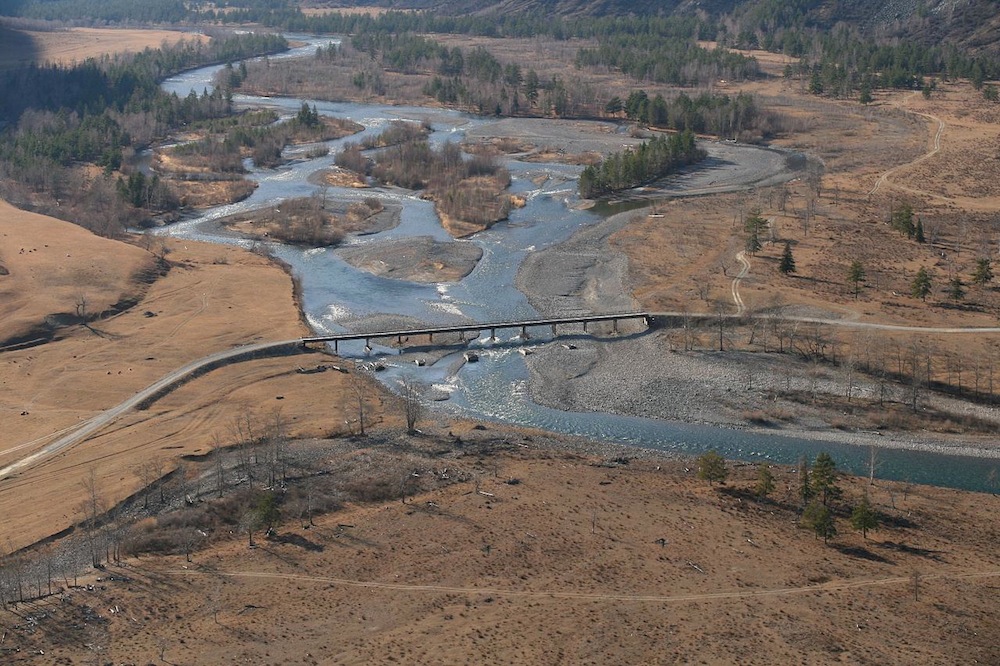
Altai Bridge (2008). Photograph: Pavel Kazachkov under a CC licence
Once there, I walk up to where the taxi drivers are standing, smoking and shaking hands with passers by. “Ust-Koks!” “Ust-Kan!” “Chemal!” “Ongudai!” they shout, calling out the names of their destinations. Each name brings to mind a different journey through Altai’s enigmatic landscape. I wait for a moment letting the associations with each place run through my mind. Kosh-Agach, the end of the world, Altai’s last outpost before the Mongolian border; Ust-Koks, home to the sacred Belukha Mountain, the highest point in the Altai Republic and the place where Nicholas Roerich, the Russian artist and mystic went in search of Shambala; Chemal, which conjures up images of the pristine pine forest that run along the banks of the mighty Katun River and Grigory Ivanovich Choros-Gurkin, the local artist who loved to paint them.
I finally hear the call I’m waiting for: Ongudai. The taxi driver looks at me and asks: “Going home?” I smile. “Yes, going home,” I say. I sit in the front seat, ready for the two-and-a-half hour journey down Altai’s main roadway, the Chuisky Trakt, otherwise known as the “Road of Bones”, a reference to the number of people who died during its construction.
“Friends asked why I left the comfort of Europe for a village where I chopped wood, hacked ice and lobbed cow pats all while contemplating the nature of enlightenment”
We follow the banks of the Katun River to Ongudai, set in the heart of Altai. As I gaze into the larch and beech forest that flashes by, I contemplate the legacy of both Roerich and Choros-Gurkin. Both paid homage to Altai’s nature and both played a part in shaping the republic’s image abroad. Roerich’s travel journal Altai-Himalaya is one of the few books in English that reference the republic. His paintings and prose, exploring Shambala and Buddhism, are beautiful, expansive and filled with hope. Yet they present Altai from the outside, his ideas are not born of the local culture. In contrast is Choros-Gurkin, who reveals Altai and the worldview of its indigenous people from within.
We eventually reach Chuisky Trakt in the Karakol Valley. From there I see the white jalama or prayer ribbons hanging from the lower branches of trees. In the distant meadows, giant hay bales lie among the rock art sanctuaries and standing stones left by nomads of ancient civilisations. As the village ails (traditional six-sided Altai home) come into view, white smoke rises from their hearths into the sky.

Katun River, Altai (2008). Photograph: Citt under a CC licence
I walk into my friends’ ail, stooping slightly to enter and thereby making an involuntary bow to the fire burning in the centre of the earthen floor. I am greeted warmly and invited to sit at the low round table to drink tea whilst news is exchanged. The ail is smoky as the hard cheese kurut is being smoked on a wooden slatted rack over the fire; above that, a new leather bridle is being strengthened by the smoke.
As usual, we chat about the outside world, my work in Akademgorodok, a “science town” in Novosibirsk, and my journey from Gorno-Altaisk. Then come matters closer to home: grandfather’s eyesight, problems with wolves in the summer pastures and news of other relatives. There are gentle jokes about how I always return “home” to Altai and to their ail in the Karakol Valley. When I lived here, people in the neighbouring villages had compiled myths to explain the incongruity of an English woman living beyond Seminsky Mountain Pass. “Black shaman”, “Rich girl sent to buy up land” and “Spy” were just some of the explanations offered up.
“Most people say that Altai means ‘golden mountains’ which is the title used by UNESCO. But actually, the word used to mean ‘home’”
Another guest, an Altai scholar, turns to me. “The word Altai means much more than people think,” he says. “Most people say that Altai means ‘golden mountains’ which is the title used by UNESCO. But actually, the word used to mean ‘home’.” We talk late into the evening. Outside the ail, the colours on the valley slopes have long deepened and the day draws to a close. The fire in the hearth has been left to burn down and I finally take myself away to snuggle under a sheepskin throw and gaze up at the stars, waiting for sleep.
As I lie there tingling with happiness, I wonder, of all the epithets I have heard about the region, which I would choose for the Altai I have experienced. Shambala? The navel? The pearl? Siberia’s Switzerland? To describe Altai’s beauty is not enough, for the republic is no more majestic than many other mountainous regions; to compare it with another land, in this case Switzerland, a travesty; to refer to Altai’s spirit, generosity, purity was nearer to the point, but no epithet would be complete unless it conveyed the Altai people’s powerful, emotional connection with their homeland. The connection was deeply personal, something, which I too had experienced. Everyone has their own Altai, which is about more then geography. So I guess that would be it: Menym Altaiym, “My Altai”, which is more than just the place called home.
